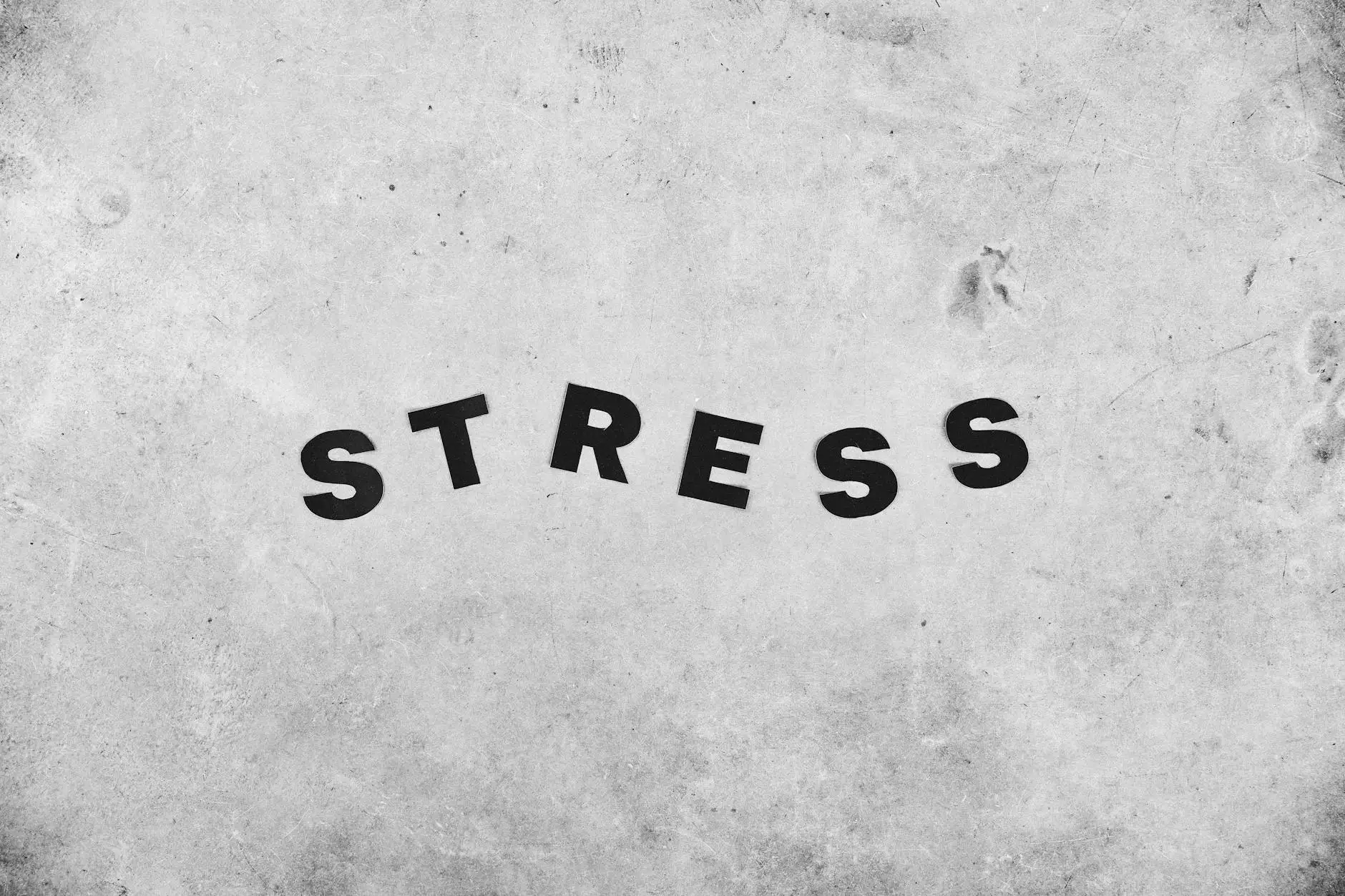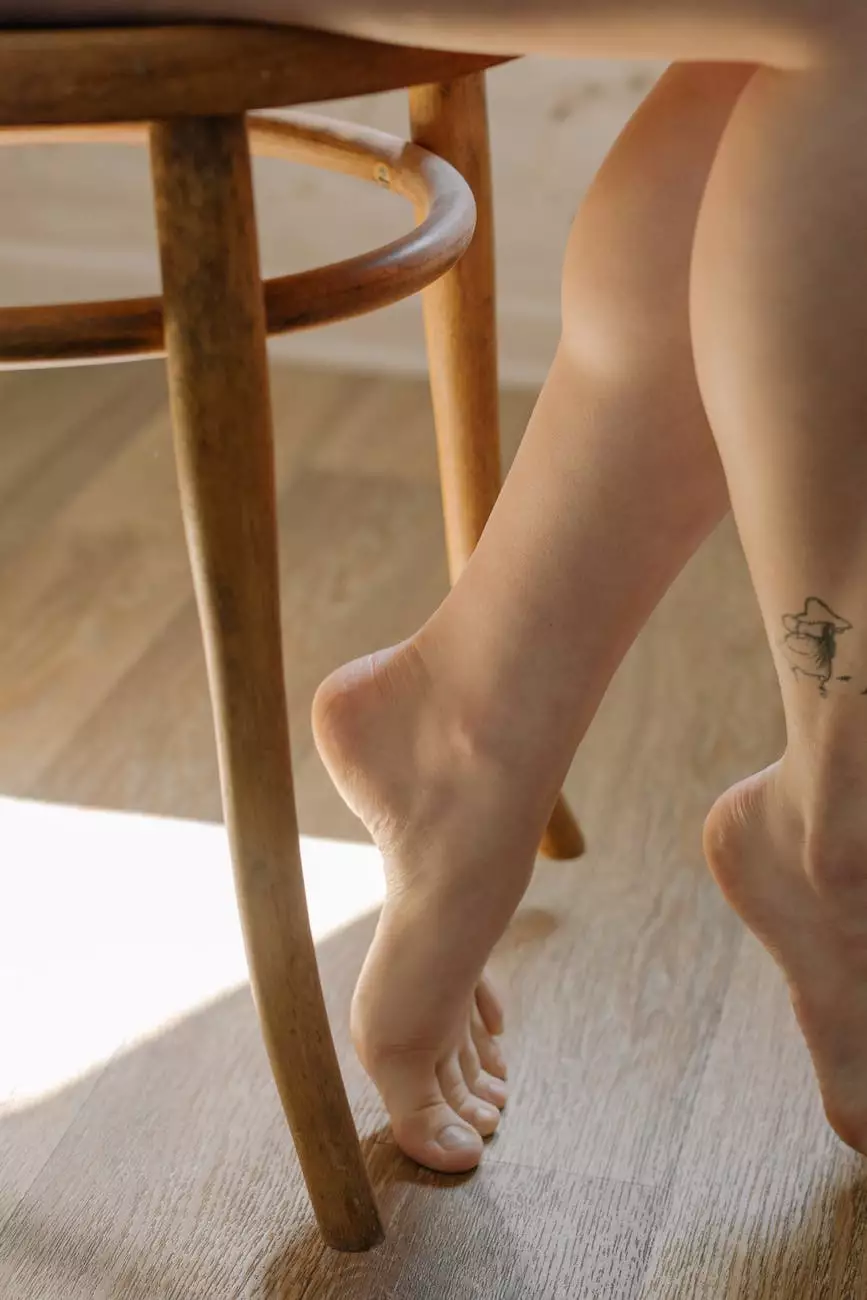Osgood Schlatter Disease in Adults: Treatment for Knee Pain
Blog
Welcome to Regency Square Care Center - your trusted source for specialized health and aging care services. In this article, we will explore Osgood Schlatter Disease in adults and discuss effective treatments for knee pain.
Understanding Osgood Schlatter Disease
Osgood Schlatter Disease is a condition characterized by inflammation and pain just below the knee, specifically at the tibial tuberosity. It most commonly affects active children and adolescents during periods of rapid growth. However, it is not limited to the younger population as it can also develop in adults, particularly those who have had a history of the condition during their youth.
Adults with Osgood Schlatter Disease often experience persistent knee pain and discomfort, which can significantly impact their daily activities and overall quality of life. Although the exact cause of the disease is unknown, it is believed to be related to repetitive stress on the knee joint, such as running, jumping, or participating in sports activities.
Symptoms of Osgood Schlatter Disease in Adults
Adults with Osgood Schlatter Disease may experience various symptoms, including:
- Localized pain and tenderness just below the knee
- Swelling and inflammation in the affected area
- Limited range of motion
- Pain worsens with physical activity or prolonged periods of sitting or standing
If you are experiencing these symptoms, it is essential to seek medical advice for an accurate diagnosis and appropriate treatment options.
Treatment Options for Adult Osgood Schlatter Disease
Effective management of Osgood Schlatter Disease in adults involves a combination of conservative measures aimed at reducing pain, promoting healing, and improving knee function. Here are some common treatment options:
1. Rest and Activity Modification
Initially, resting the affected knee and avoiding activities that exacerbate pain is crucial for healing. Applying ice packs and using over-the-counter pain relievers can also help alleviate symptoms. Once the pain subsides, gradually reintroducing low-impact exercises and modifying physical activities can be beneficial.
2. Physical Therapy
A qualified physical therapist can design an individualized exercise program to strengthen the surrounding muscles, improve flexibility, and restore normal knee function. Physical therapy may also include therapeutic modalities like ultrasound and manual therapy techniques to expedite healing.
3. Orthotic Devices
Orthotic devices, such as knee braces or patellar straps, can help provide support, reduce stress on the affected area, and alleviate pain during activities. Your healthcare provider can recommend the most suitable orthotic device based on your specific needs.
4. Medications
In some cases, nonsteroidal anti-inflammatory drugs (NSAIDs) may be prescribed to manage pain and reduce inflammation. However, it is essential to consult with a healthcare professional before taking any medication, as they may have potential side effects or interactions with other medications.
5. Invasive Treatments
In rare cases where conservative measures fail to provide sufficient relief, invasive treatments like corticosteroid injections or surgical intervention may be considered. These options are usually reserved for severe, chronic cases of Osgood Schlatter Disease.
Prevention and Self-Care Tips
While it may not be possible to prevent Osgood Schlatter Disease entirely, you can reduce the risk of developing or exacerbating symptoms by following these self-care tips:
1. Warm-up and Stretch
Before engaging in any physical activity, it is essential to warm up properly and stretch to prepare your body for exercise. This can help prevent unnecessary stress on your knees and reduce the likelihood of injury.
2. Cross-Train and Vary Activities
Avoid overusing the same muscles and joints by incorporating cross-training and varying your physical activities. This can help distribute the forces on your knees evenly and reduce the risk of developing overuse injuries like Osgood Schlatter Disease.
3. Wear Proper Footwear
Invest in well-fitting athletic shoes that provide adequate support and cushioning for your feet and knees. Proper footwear can help absorb shock and reduce the impact on your knees during exercise or everyday activities.
4. Maintain a Healthy Weight
Excess weight puts added stress on your knees, increasing the likelihood of developing knee pain and conditions like Osgood Schlatter Disease. Maintaining a healthy weight through regular exercise and a balanced diet can help reduce the strain on your joints.
Expert Care for Osgood Schlatter Disease at Regency Square Care Center
At Regency Square Care Center, we specialize in providing comprehensive health and aging care services for seniors, including the management of conditions like Osgood Schlatter Disease in adults. Our team of experienced healthcare professionals is dedicated to delivering personalized care and effective treatment options to optimize your well-being.
If you or a loved one is experiencing knee pain or requires specialized care, contact Regency Square Care Center today to schedule a consultation. Our compassionate team is ready to assist you on your journey to improved mobility and overall health.









